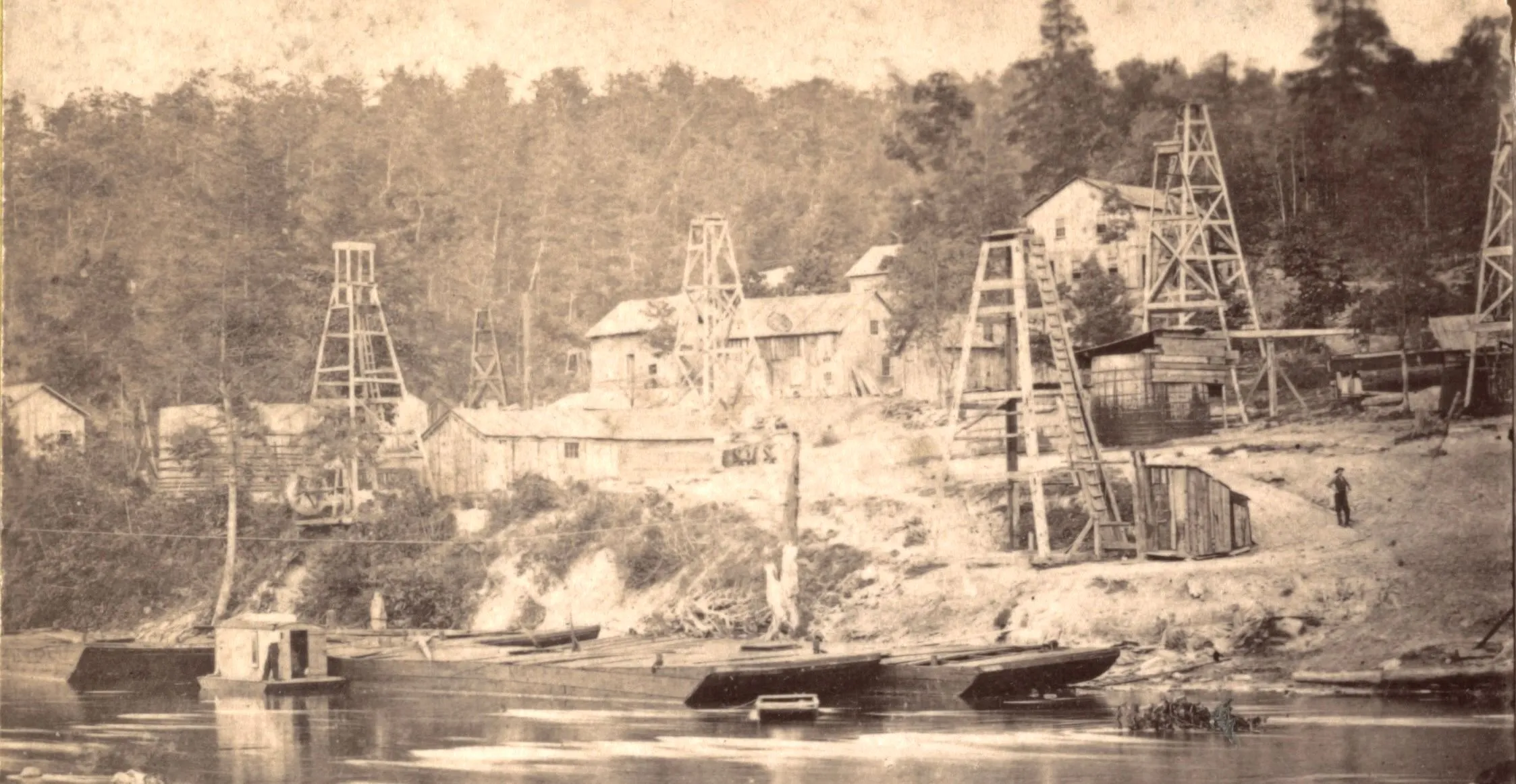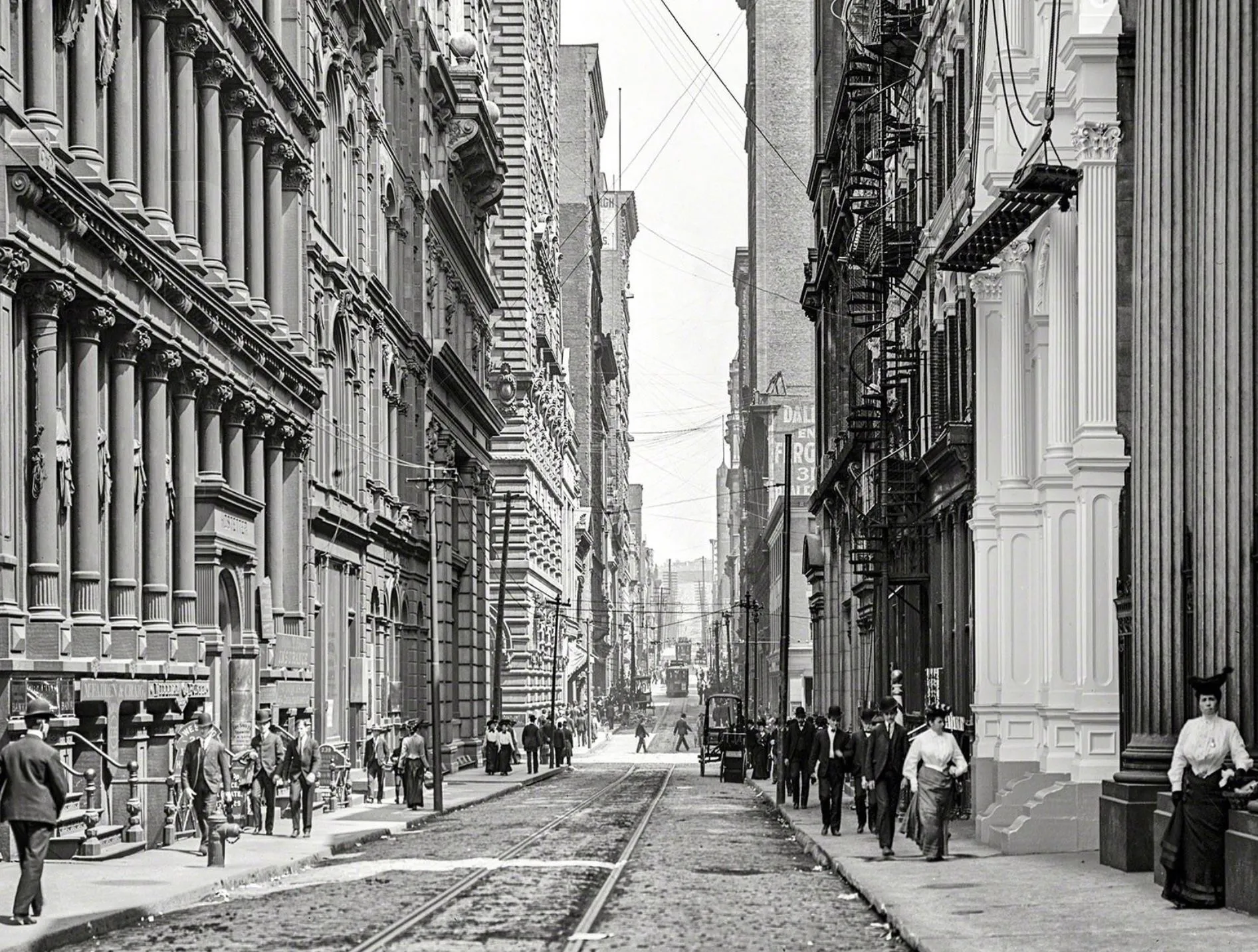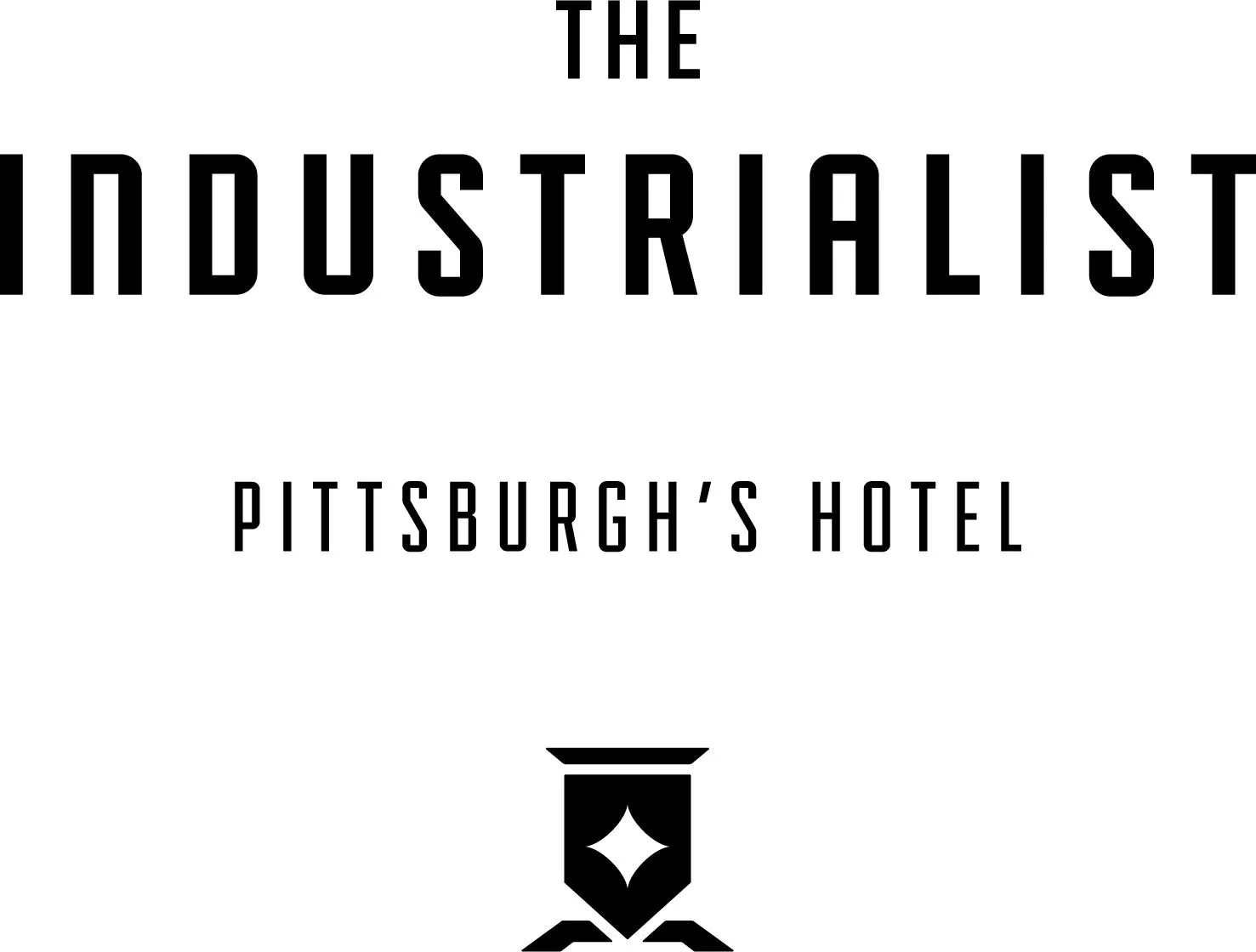
Go Fourth
Pittsburgh's Wall Street


Long ago, when Fourth Avenue was the home of the city's stock exchange and banks lined both sides of the street, it was known as "the Wall Street of Pittsburgh."
In 1859, speculators drilled the world's first successful oil well in northwestern Pennsylvania. Barges brought the sticky black stuff down the Allegheny River to refineries in the city, where traders on the wharf launched a commodity exchange to set the price of petroleum. That soon evolved into a regional stock market, offering shares in regional industries, corporations, and financial institutions.

Awash in oil money and profits from booming steel, iron, and glass manufacturing, the capitalists built extravagant offices for their banks and commercial concerns on Fourth Avenue by the stock exchange. Many were housed in soaring new structures known as skyscrapers.
Though they look old-fashioned to us now, these antique skyscrapers radically changed the downtown skyline of Pittsburgh, just as they did in cities across America. Each building was not only a marvel of technology and architectural beauty, but a personal statement of ambition — a legacy in stone and steel.

On this tour, you'll meet the people who made Fourth Avenue the Wall Street of Pittsburgh, and find out fascinating facts about the grand buildings themselves and the inspiring history that transpired within their walls.








